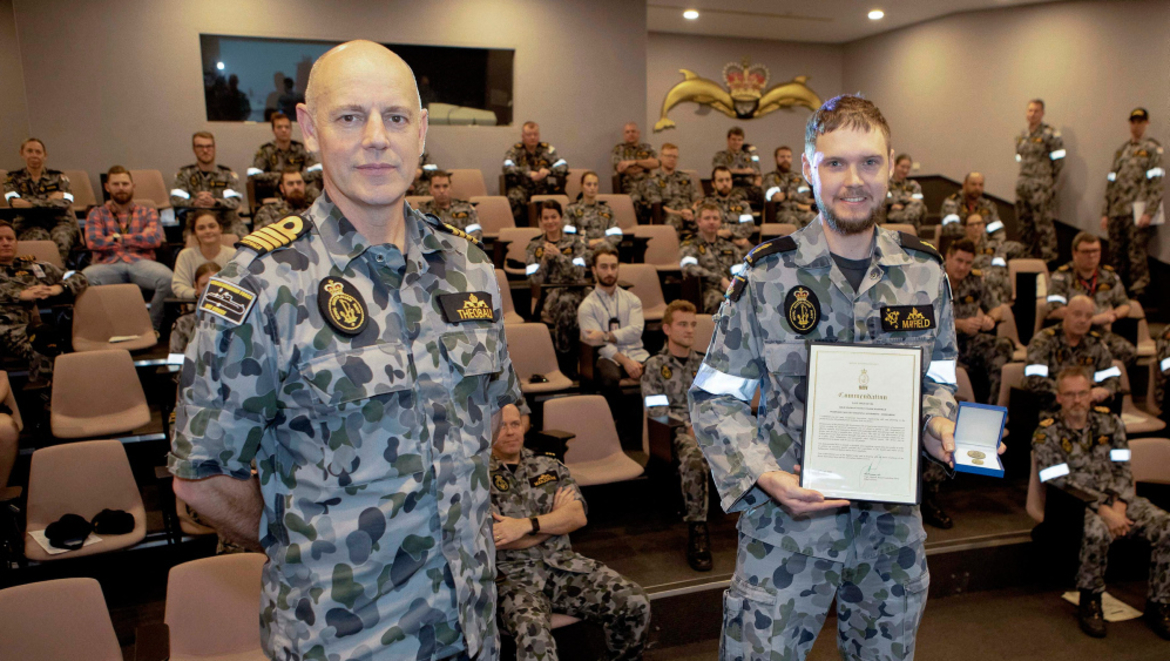Established in recent years, the Annual Chief of Navy Innovation Excellence Award is intended to encourage and recognise the natural innovative talent within Navy. The 2019 award called on judges to sift through 14 deserving entries, and has resulted in a joint award.
To continue reading the rest of this article, please log in.
Create free account to get unlimited news articles and more!
The 2019 award has been made out to both Able Seaman Communication and Information Systems Nathan Mayfield of HMAS Stirling for his work in the 3D design, testing and manufacture of an electrical interlock device, and Petty Officer Gavin Mason of HMAS Albatross for an innovative fuel testing kit.
Navy said that the quality and variety of the candidates for the award spoke to the "broader culture of innovation" within the service, and that both winning entries improved the safety and capability of their broader teams.
“Petty Officer Mason and Able Seaman Mayfield have established the benchmark for lateral thinking and leadership in innovation and their efforts have made a significant impact on Navy safety,” said Captain Adam Allica, Director General Warfare Innovation Navy.
As a junior sailor seizing the initiative, AB Mayfield was praised for actively looking to improve safety onboard HMAS Sheean. He identified an electrical hazard when conducting equipment maintenance, leading him to search for safer, more practical solutions for the lockout of power breakers.
“There was nothing preventing the fuses from being inadvertently pushed back in place and energising the equipment being worked on, so I suggested that we find a device to isolate it," AB Mayfield said.
“Everyone said it sounded like a good idea, so I just ran with it and developed it from there.
“Being a 3D printed device, it is inexpensive and ships can produce replacements easily and at a very low cost of about 20 cents.”
Submarine Force trials assessed the device was suitable for Collins Class submarine use and the device is now undergoing Defence codification.
On his part, PO Mason drew on 20 years of experience in a range of positions to conceptually design, develop and then manufacture an interfacing adaptor prototype to minimise the risk of exposure to aviation fuel during routine fuel sampling evolutions conducted by Fleet Air Arm sailors while working on the MH-60R helicopter at 725 Squadron.
“We modified an existing item used on F/A-18 jets for use in the Fleet Air Arm," said PO Mason.
“A prototype was produced with the use of equipment at AMAFTU and over several trials it was fine-tuned before a final design was settled on and put into production.”
Since its introduction in July 2019, the innovation has been presented to the US Navy at the H-60 System Safety Working Group where it received positive feedback from both maintainers and operators.
The US Navy is now actively considering adopting PO Mason’s design for incorporation into the US Navy to decrease fuel exposure incidents.

 Login
Login







